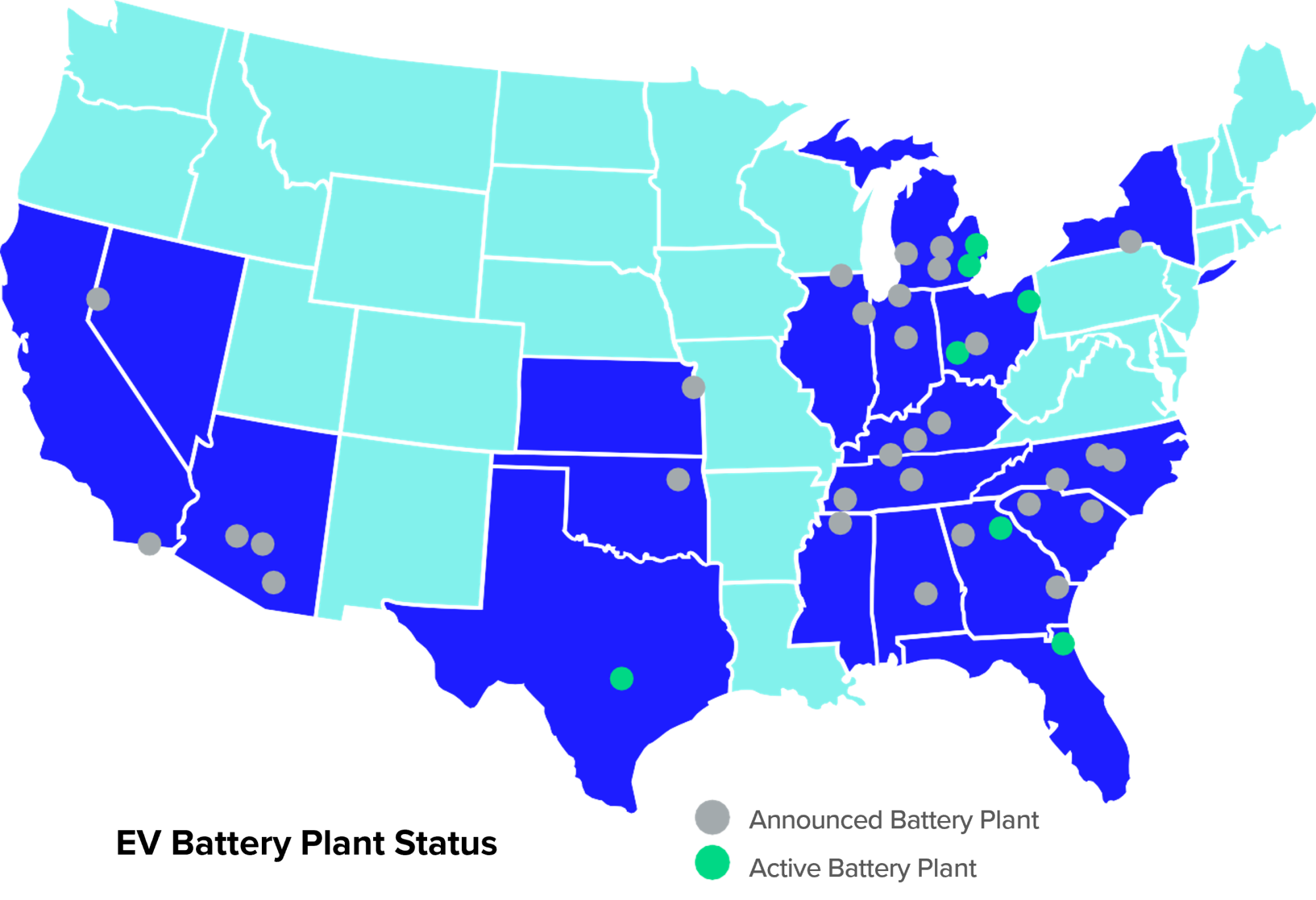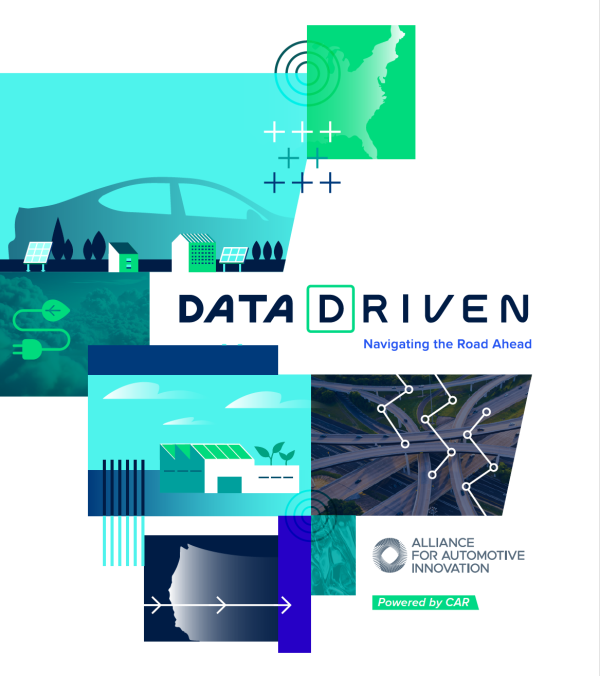

Automakers – vehicle manufacturers, suppliers, battery producers, semiconductor makers and technology companies – are foundational to the U.S. industrial base and competitiveness.
These are the companies on the frontlines of the transformation of the modern – and the indispensable – automotive and mobility sector. Why indispensable? Automaking underpins our industrial base and ensures the country’s economic and national security.
2024 DATA DRIVEN: Navigating the Road Ahead includes data on:
- Auto industry jobs, tax revenue, export activity;
- Investments in electrification and mineral supply chains;
- Sales data and an overview of all vehicles on U.S. roads;
- Safety technologies, crash data, research and development data.
Key Findings: Jobs
10.1 M
JOBS COAST-TO-COAST
4.9%
TOTAL U.S. JOBS
$730 B
WORKER PAYCHECKS
12%
OF ALL MOTOR VEHICLE & PARTS JOBS IN R&D
Key Findings: Economic Activity
$1 = $4.23
EVERY $1 IN VEHICLE MANUFACTURING CREATES AN ADDITIONAL $4.23 IN ECONOMIC VALUE
$1.2 T
INTO U.S. ECONOMY ANNUALLY
4.8%
OF U.S. GDP
$32.8 B
SPENTON R&D
Key Findings: Taxes
$340 B
IN FEDERAL, STATE AND LOCAL REVENUE GENERATED
$35 B
IN TAX REVENUE FROM NEW VEHICLE SALES
$20 B
IN TAX REVENUE FROM USED VEHICLE SALES
$90 B
IN STATE GOVERNMENT REVENUE – 6 PERCENT OF ALL STATE TAX REVENUE COLLECTED
DOWNLOAD THE REPORT
The Global Automotive Landscape:
- In 2023, nearly 94 million vehicles were produced globally (compared to 65 million in 2004);
- The U.S. produced 10.6 million vehicles in 2023 (down 39 percent from 2004);
- China produced 30 million vehicles in 2023 (up 297 percent from 2004);
- G20 countries (excluding Saudi Arabia and Australia) represent 86 percent of global auto production;


Domestic Supply Chains:
- Automakers and battery partners have committed about $125 billion for 80+ EV and EV battery projects, creating 113,000 jobs across 18 states;
- This includes $68.3 billion in the South, $42.1 billion in the Midwest, $13.3 billion in the West and $0.3 billion in the Northeast;
A Cleaner, Safer and Smarter American Auto Industry:
- Automakers have reduced CO2 emissions rates for new vehicles by almost 28.4 percent since 2005;
- More than 90 percent of new vehicles today are equipped with advanced driver assistance systems (ADAS) – features like automatic emergency braking, adaptive cruise control, parking assist, collision warnings and blind spot alerts;
- The average age of a light-duty vehicle on American roads is 12.7 years;
